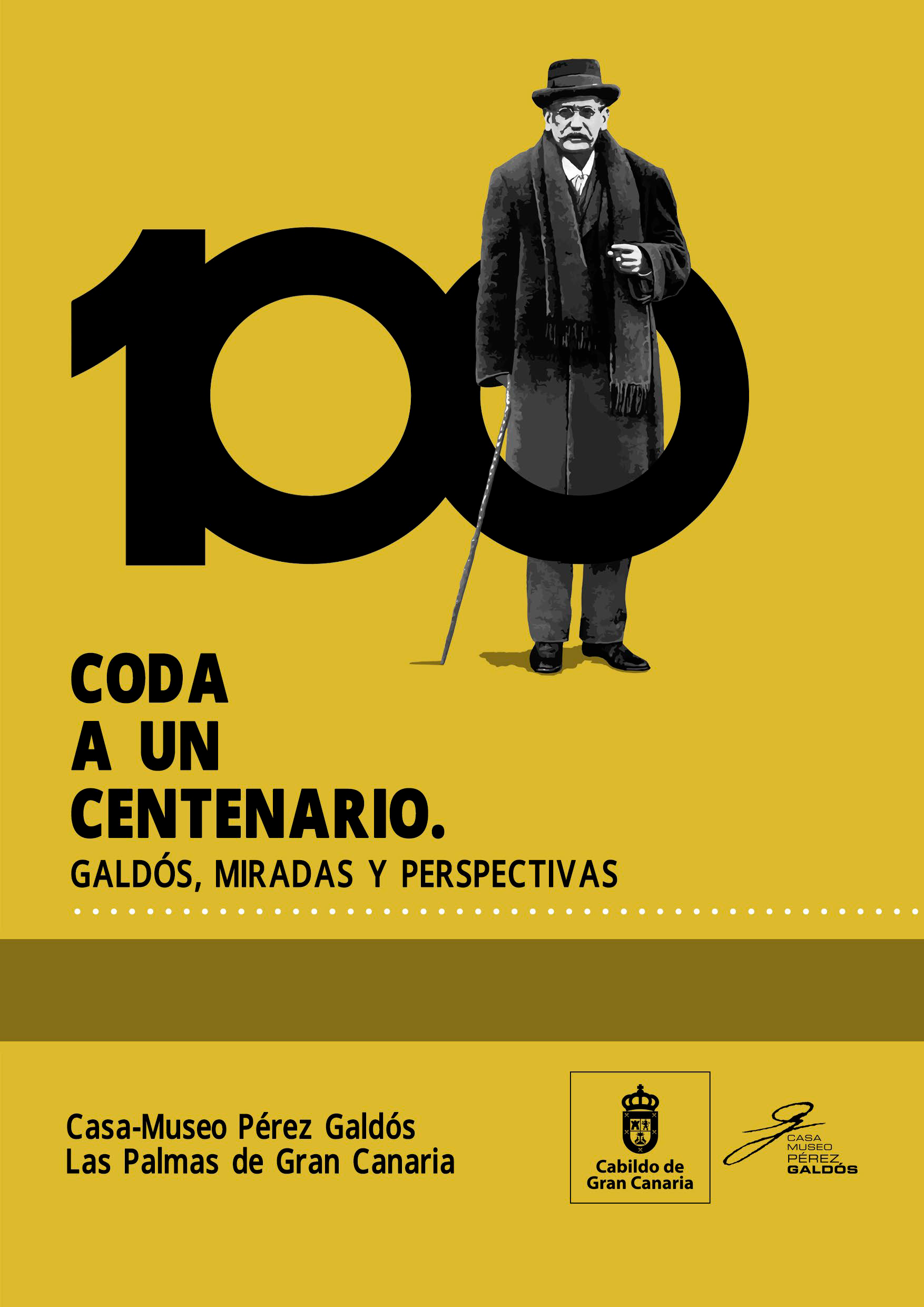EL TEMBLOR DE IDO DEL SAGRARIO: GALDÓS Y LA HIGIENE DEL OBRERO / IDO DEL SAGRARIO’S TREMOR: GALDÓS AND THE HEALTH OF THE WORKING CLASS
Palabras clave:
Galdós, higiene, obreros, Marianela, La desheredada, Fortunata y Jacinta, public health, workersResumen
El interés que sintió Galdós por las clases populares se manifestó en sus retratos de los barrios obreros y la fiel reproducción de sus voces en sus novelas. Sus aportes ensayísticos a la prensa socialista dan otra muestra de su compromiso con los trabajadores. En este ensayo examino los discursos de la higiene del obrero y los peligros del trabajo fabril en el caótico mundo de la revolución industrial, cotejando la representación del trabajo en Marianela, La desheredada y Fortunata y Jacinta con los riesgos y síntomas descritos en textos médicos y la prensa médica y obrera contemporánea. Frente a una nutrida conciencia general de las condiciones antihigiénicas de los barrios obreros, la pobre alimentación de las clases trabajadoras y las largas jornadas de trabajo general, se atribuía menos importancia a los movimientos repetitivos o las sustancias tóxicas manejadas en las industrias decimonónicas. / Galdós’s interest in Spain’s popular classes can be seen in his portraits of working-class neighborhoods and the faithful reproduction of their speech in his novels. His articles in the Socialist press offer more evidence of his commitment to the workers. In this essay I consider the discourses of workers’ health and the dangers of factory work in the chaotic world of the industrial revolution, comparing the representation of work in Marianela, La desheredada and Fortunata y Jacinta with the risks and symptoms described in medical texts and period medical and workers’ press. As we will see, public awareness of the long working hours, poor diet, and unhealthy living conditions of the working classes left little space for concern about the dangers of repetitive motions and toxic substances using in nineteenth-century industry.




